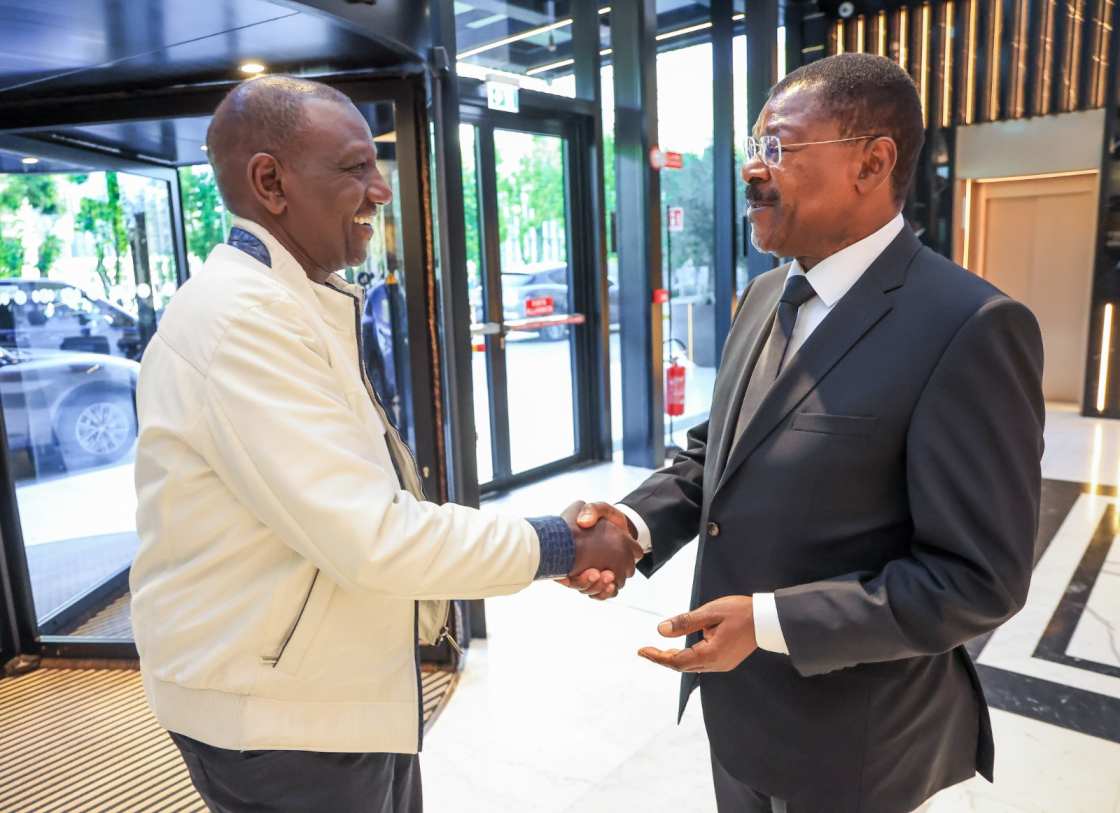President William Ruto on Saturday morning joined fellow global dignitaries in Rome on Saturday to pay their last respects to Pope Francis, who passed away at the age of 88.
The somber farewell took place in Vatican City, drawing world leaders, monarchs, and hundreds of thousands of mourners to honor a pope remembered for his compassion, humility, and dedication to the poor and marginalized.
Held on the grand steps of St. Peter’s Basilica, the funeral Mass marked a moment of unity for more than 50 world leaders and 11 reigning monarchs.
Notable figures in attendance included US President Donald Trump, Argentine President Javier Milei, Italian Prime Minister Giorgia Meloni, and Philippine President Ferdinand Marcos Jr.
Their presence underscored Pope Francis’ global influence, particularly his emphasis on inclusion, social justice, and care for those on the margins.
Vatican officials prepared for up to 250,000 people to crowd St. Peter’s Square, while over a million were expected to line the six-kilometre route to the Basilica di Santa Maria Maggiore—Pope Francis’ final resting place.
Throughout the week, nearly 250,000 people had already paid their respects as his body lay in state inside the Basilica.
The day began as sunlight streamed across the colonnades of the square, where the Mass opened with the Latin chant, "Eternal rest grant unto him, O Lord, and let perpetual light shine upon him."
A Bible reading followed in English, and prayers were offered in several languages—including French, Arabic, Portuguese, Polish, German, and Mandarin—representing the pope’s global impact.
The Mass, approved by Pope Francis months before his passing, reflected his preference for simplicity and humility.
The Vatican emphasized that the funeral was not meant to portray him as a political figure but rather as a faithful servant of Christ.
His deep concern for the poor continued even in death, with a group of underprivileged individuals invited to stand on the steps of the basilica to bid him farewell.
Born in Argentina, Francis became the first Latin American and Jesuit pope when he was elected in 2013.
His time as pontiff was defined by efforts to reform the Catholic Church, reach out to those historically excluded, and bring attention to pressing global issues such as climate change, inequality, and migration.
He challenged the status quo with his openness and remarks, including the famous question, “Who am I to judge?” in response to queries on sexual orientation.
His papacy also involved direct confrontations with powerful political figures. He spoke out against harsh immigration policies, at times clashing with the Trump administration.
One of his final official meetings was with US Vice President JD Vance on Easter Sunday, just one day before his sudden death from a stroke.
His funeral procession passed through key Roman landmarks such as the Colosseum and Piazza Venezia.
At Santa Maria Maggiore, the pope will be laid to rest privately, becoming the first pontiff in over 300 years to be buried at the historic church.
Cardinals are now preparing for a conclave that will determine his successor.
The selection will likely reflect tensions between those hoping to maintain Francis’ reformist direction and others pushing for a return to more conservative traditions.
Mourners in Rome shared heartfelt tributes to the late pope.
"He opened many doors," said Laura Grund, a Catholic from Leipzig, Germany.
“The Church is now more open.” Sister Luisa, a nun from Munich, described him simply: "He was a very simple man, who loved other people. We feel very blessed, but also deep sorrow."
The world now looks to the future of the Catholic Church as it bids farewell to a leader who left a profound mark on history.

